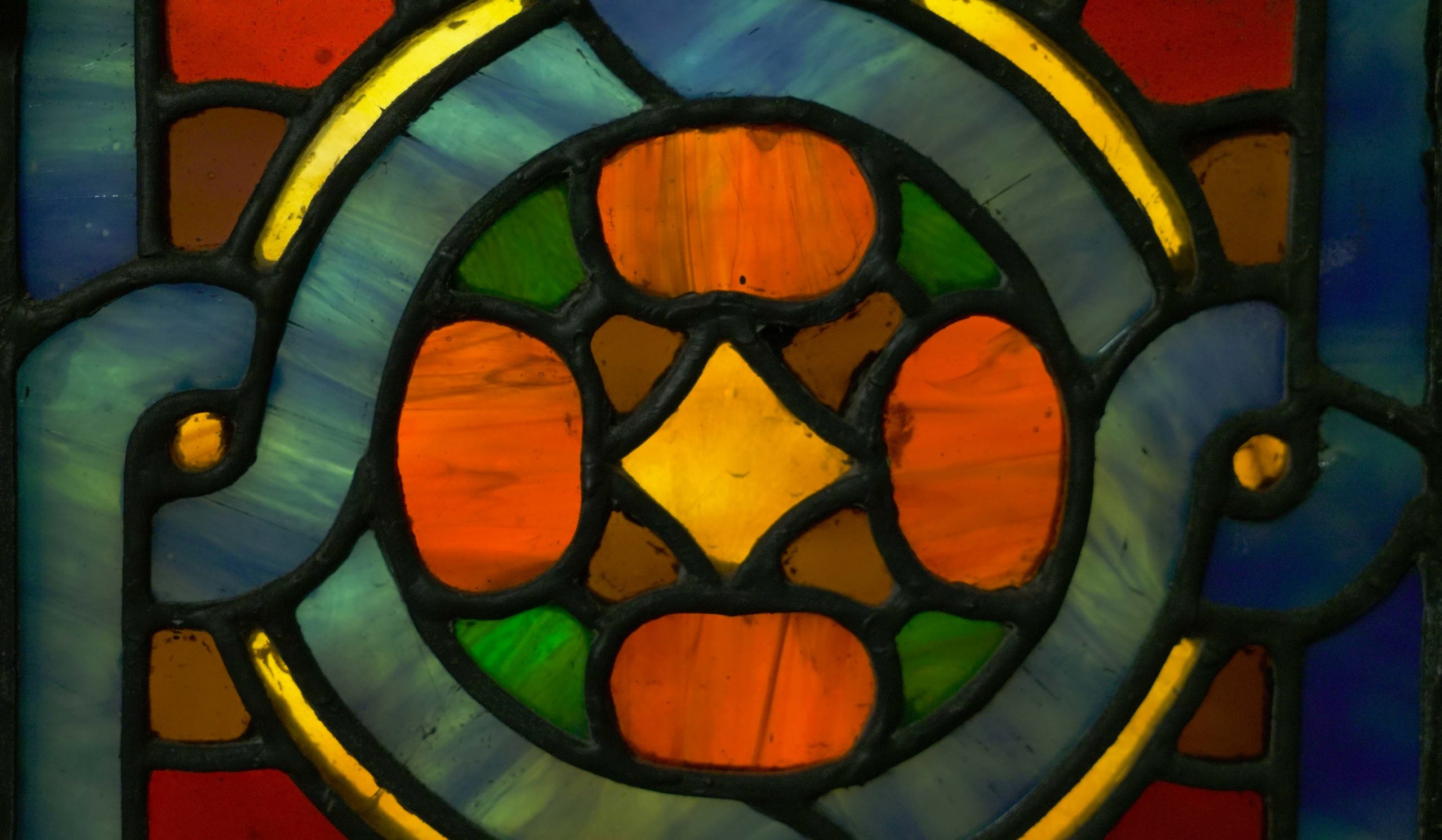Podcast: Play in new window | Download (Duration: 7:55 — 6.1MB)
Subscribe: Apple Podcasts | RSS
Fifth Sunday in Lent
There is a [Southwestern] desert legend about an old woman called La Loba, or the Wolf Woman.
The sole work of La Loba is the collecting of bones. She is known to collect and preserve especially that which is in danger of being lost to the world. Her cave is filled with the bones of all manner of desert creatures: the deer, the rattlesnake, the crow. But her specialty is said to be wolves. She creeps and crawls and sifts through the mountains and dry riverbeds, looking for wolf bones, and when she has assembled an entire skeleton, when the last bone is in place and the beautiful white sculpture of the creature is laid out before her, she sits by the fire and thinks about what song she will sing. And when she is sure, she stands over the creature, raises her arms over it, and sings out. That is when the rib bones and leg bones of the wolf begin to flesh out and the creature becomes furred. La Loba sings some more, and more of the creature comes into being; its tail curls upward, shaggy and strong. And La Loba sings more and the wolf creature begins to breathe, and as she sings, the wolf opens its eyes, leaps up, and runs away down the canyon. Somewhere in its running, whether by the speed of its running, or by the splashing its way into a river, or by way of a ray of sunlight or moonlight hitting it right in the side, the wolf is suddenly transformed into a laughing woman who runs free toward the horizon.
The ancients called the desert the place of divine revelation and transformation. Perhaps that is because the desert is a place where life is very condensed. The roots of living things hold on so that the last tear of water is preserved. The flower hoards its moisture by only appearing in the early morning and late afternoon. Life in the desert is small but brilliant, and most of what occurs lies in wait underground.
So often, we live desert lives: operating in scarcity, holding on to what little sustenance we can, storing it up because we are never sure of when the next rainfall will come. Many of us live in the desert: showing signs of life here and there, but rooted in dryness and despair, our spirits lying in wait underground.
When the Lord told Ezekiel to prophesy over the dry bones in the desert, God was not only performing miraculous signs, giving sinew and flesh to the bones on the ground. God was showing Ezekiel what the dryness of despair looked like. “These bones are the whole house of Israel. They say, ‘Our bones are dried up, and our hope is lost; we are cut off completely.’” Before God brings life back to the dry bones, God shows Ezekiel just how personal it all really is. It’s about how greatly God cares for God’s people, that God sees the death of their despair, and reminds them that God will not leave them to be a pile of dry bones buried in the sand of the desert.
We all [come to God], at least at some point in our lives, as a bundle of bones lost somewhere in a desert, a dismantled skeleton that lies under the sand. And we come to God seeking the story of La Loba, of Ezekiel – seeking the story of the resurrection of our dry bones. Our Collect of the Day prays that God would grant us the grace to desire what God promises, but I don’t think we need that prayer to desire God’s promises. The truth is, we desperately desire God’s promise to “open your graves, and bring you up from your graves, O my people” and bring us back to the promised land. The promise to put God’s spirit within you, so that we might live. We seek the promise that if we sing the song of faith, God can call up the remains of the dry bones of our despair and darkness, and give them life again.
One of the reasons we pray, dance, drum, make theater, write poetry is to do the work of gathering all the bones together. But [then], we must sit at the fire and think about which song we will sing over the bones, which creation hymn, which story, which symphony. We must sit next to God, who asks us, “Mortal, can these bones live?” and faithfully proclaim, “O Lord God, you know.” We must look, not toward the certainty of our convictions that we can do it alone, but the promises of God that with
God’s help, with God’s song, the dry bones can live. [1]
It is this promise of God that Jesus is proclaiming when, with tears still streaming down his face, he raises his dear friend Lazarus from the dead – the final sign of wonder he performs as he foreshadows his own death and resurrection. It is the promise that God breathes new life into that which we think is dead.
In the words of the scholar Karoline Lewis, “Simply to believe in the resurrection comes nowhere close to what resurrection means. … Once you are sure in your confession, “Christ is risen,” you should stop and think. Really? What makes me so sure? What convinces me of this creed? What secures this so- called salvation?
This is the heart of the story of Lazarus. Resurrection is not a confession. Resurrection is not a theory. Resurrection is not some sort of ambiguous promise. No, resurrection is real. Resurrection is relationship with God. Resurrection is now. We are so determined to say “resurrection is…” followed by something boringly theoretical. …We desperately preach that Easter matters for some sort of guaranteed future when actually, at least for Lazarus, Easter is first nothing other than reclining on Jesus and having dinner.””[2]
Resurrection is now. Resurrection is the song that puts sinews and flesh on our dry bones. New life, arising out of a heavenly symphony.
“Mortal, can these bones live?” Can that which has died – your faith, your hope, your trust – live again? Can you collect that which is in danger of being lost to the world, and play the music that gives it new life? Can you sing the song that proclaims, “Yes, Lord, you know: these bones can live again?”
Amen.
[1] Estes, Clarissa Pinkola. Women Who Run With Wolves: Myths and Stories of the Wile Woman Archetype. pp. 27-38.
[2] https://www.workingpreacher.org/craft.aspx? post=4847





